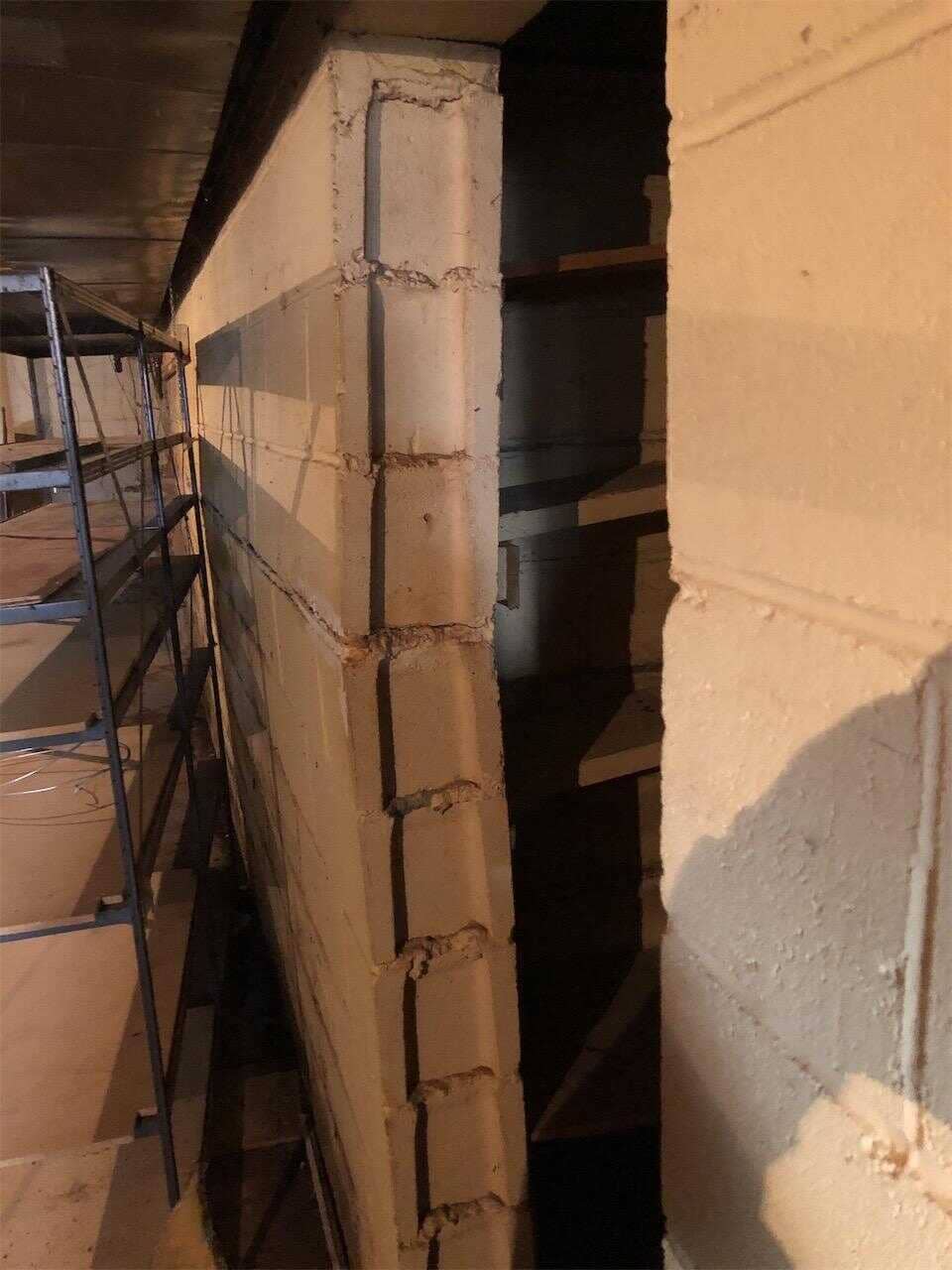Some Known Details About Best Basement Waterproofing
Some Known Details About Best Basement Waterproofing
Blog Article
The Basic Principles Of Best Basement Waterproofing
Table of ContentsIndicators on Best Basement Waterproofing You Should Know5 Simple Techniques For Best Basement WaterproofingRumored Buzz on Best Basement WaterproofingThe smart Trick of Best Basement Waterproofing That Nobody is Talking About7 Easy Facts About Best Basement Waterproofing Explained
uses excavation methods towards the bottom of the framework's structure. involves eliminating wetness after it has gone into the basement. AdvantaClean's skilled specialists and specialists will certainly find the water source. If wall surface or piece fractures are existing, we will infuse polyurethane and epoxies into the cracks and seal the compromise, protecting against additional wetness from going into.
If there's condensation on the exterior of the aluminum foil, you have high humidity in your cellar. Repair it with a portable space dehumidifier or a whole-house humidifier system instead of waterproofing products. If the foil has condensation on the inside surface (alongside the wall), the soil around your residence might be normally damp from a high water table or bad dirt drain.
You can waterproof simply your interior walls, which might fix the issue. Once they dry, they stick permanently to concrete and masonry wall surfaces.
Facts About Best Basement Waterproofing Uncovered
Swirl the brush at the last of application to provide the wall surface an attractive, finished look. Concrete water-proof layers can't be put on previously painted surface areas; check the label. A 5-gallon bucket costs about $60. Additionally referred to as densifiers, they are appropriate just for wall surfaces that haven't been painted or sealed.
You brush, roll, or spray it on much even more thickly one gallon covers just 75 square feet, not the 300 square feet regular with typical paint. Waterproof paint is fine for do it yourself application. You can use it over repainted surfaces, and paint over it once it's treated (one gallon prices $37).
It can set you back $10,000 to $15,000, relying on the work required. Exterior waterproofing involves excavating throughout the home to the full deepness of the foundation wall surfaces, then installing a water-proof finishing or membrane topped by drain panels. The panels offer an easy path for water to move to an external French drainpipe at the end of your foundation.
A basement without waterproofing is kind of like that. Your cellar doesn't want to go through a rainstorm without appropriate defense simply as much as you don't want to.
The 8-Minute Rule for Best Basement Waterproofing
If you have actually done your research study, you would certainly understand there are two types of waterproofing: interior and exterior. It can get puzzling what they both mean, which one's a much better financial investment, and what will in fact maintain the water out. Do not stress, we created this blog to quickly define both methods for you and talk about the advantages and disadvantages of each.
Outside waterproofing is a waterproofing technique that includes sealing your home from the outside. It's type of like a moat around a castle. It involves digging a trench around your whole home down to the foundation (concerning 8 to 10 feet websites down). The foundation walls are then cleansed, sealed, and covered with a waterproof membrane layer or sealer.
Best Basement Waterproofing - Truths
It's a much more engaged procedure that calls for excavating up your lawn, which is costly and lengthy. Exterior waterproofing includes eliminating everything surrounding your home, consisting of patios, driveways, pathways, landscaping, a/c systems, decks, and so forth. If any of the work was done improperly and water is still entering your cellar, there isn't much you can do to remedy or fix it.
Interior basement waterproofing entails waterproofing from the inside. Any water that leakages right into your basement is rerouted before it touches your flooring. It's sort of like using a raincoat under your garments. It entails two things: a water drain track and a sump pump. It works by sealing the inside of your basement wall surfaces and floorings so water that attempts check here to go into is transported out through a sump pump.
It's an efficient method to waterproof your cellar - Best Basement Waterproofing. The downside of interior cellar waterproofing mainly relates to the installation procedure. This technique requires kept items, furniture, and built-in shelving or closets to be moved from touching the basement walls. And during setup, your cellar can not be made use of. The greatest distinction in between the two approaches is this: Outside waterproofing is a preventative option and interior waterproofing is a corrective option.
The Best Guide To Best Basement Waterproofing
Finally, exterior and interior cellar waterproofing are both reliable methods of shielding your home from water damage. Exterior waterproofing creates a barrier that prevents water from entering your home, while indoor waterproofing redirects water that does enter your home. And it's essential to note that exterior waterproofing is an expensive and disruptive setup process when compared to indoor waterproofing.
Whichever approach you pick, make certain you choose a reputable check it out and credible professional for the work. Both techniques need knowledgeable employees to deal with the work. If you have any type of questions regarding basement waterproofing, please reach out to us. And if you're in our service location and have water in your cellar, call us for a complimentary, no-obligation home examination.
You can complete our kind below, start a conversation in the lower right-hand edge, or call us at 1-800-827-0702.
Report this page